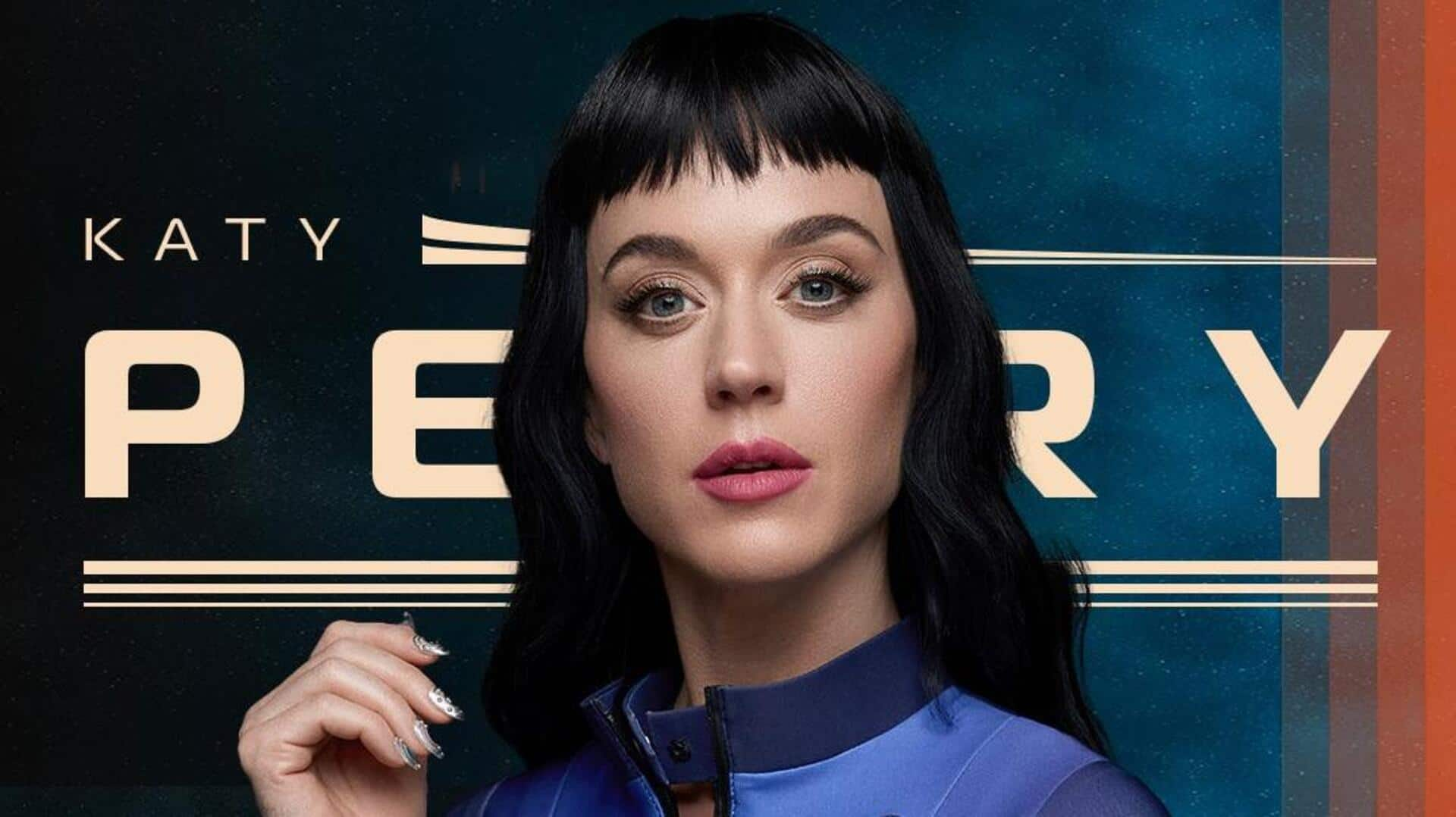
What it costs to travel to space like Katy Perry
What's the story
Katy Perry, the world-famous pop star, just made history by completing a space mission on a Blue Origin rocket.
The historic flight, dubbed New Shepard Mission NS-31, was the first all-female flight crew in over 60 years.
It has since sparked a lot of interest in space tourism among the public.
But, here's the thing: Not everyone can afford it.
Mission details
Blue Origin's space mission and crew
On April 14, Blue Origin's New Shepard rocket launched six women into space, crossing the Karman line, the internationally recognized boundary of space.
The crew included Perry, Lauren Sanchez (Jeff Bezos' fiancée), journalist Gayle King, civil rights advocate Amanda Nguyen, film producer Kerianne Flynn, and former NASA rocket scientist Aisha Bowe.
After an 11-minute journey in weightlessness, they safely returned to Earth.
Pricing
Cost of space tourism and Blue Origin's pricing
While Blue Origin has not revealed the price of its space flights, it does ask for a $150,000 (₹1.28 crore) refundable deposit from applicants on its website.
In 2021, a seat on one of their flights was auctioned for $28 million (₹241 crore).
Some passengers have claimed to have paid anywhere between zero to nearly $30 million (₹258 crore) for a seat.
Market competition
Other companies and their pricing for space tourism
Virgin Galactic, another competitor in the space tourism sector, has set the price of its 90-minute suborbital space ride at $450,000 (₹3.85 crore) per seat.
Space Perspective offers a six-hour trip to the stratosphere in a balloon-borne pressurized capsule at $125,000 (₹1.07 crore) per person.
Axiom Space is providing a 10-day trip to the International Space Station (ISS) for $55 million.
Industry growth
Future outlook for space tourism
Experts predict the cost of space travel will go down as more companies join the fray and launches become more frequent.
The space tourism industry was valued at $848.28 million in 2023 and has grown to $1.3 billion in 2024.
According to a report by Research and Markets, this global market will reach $6.7 billion by 2030—a whopping growth rate of nearly 32%.